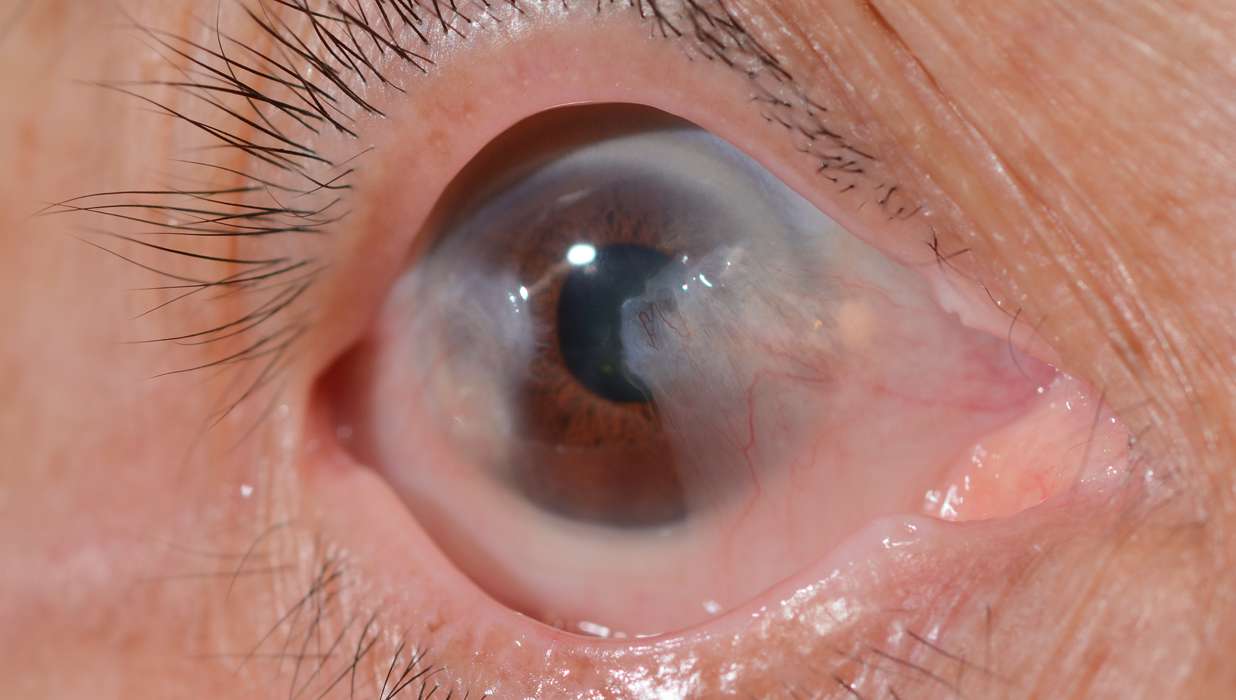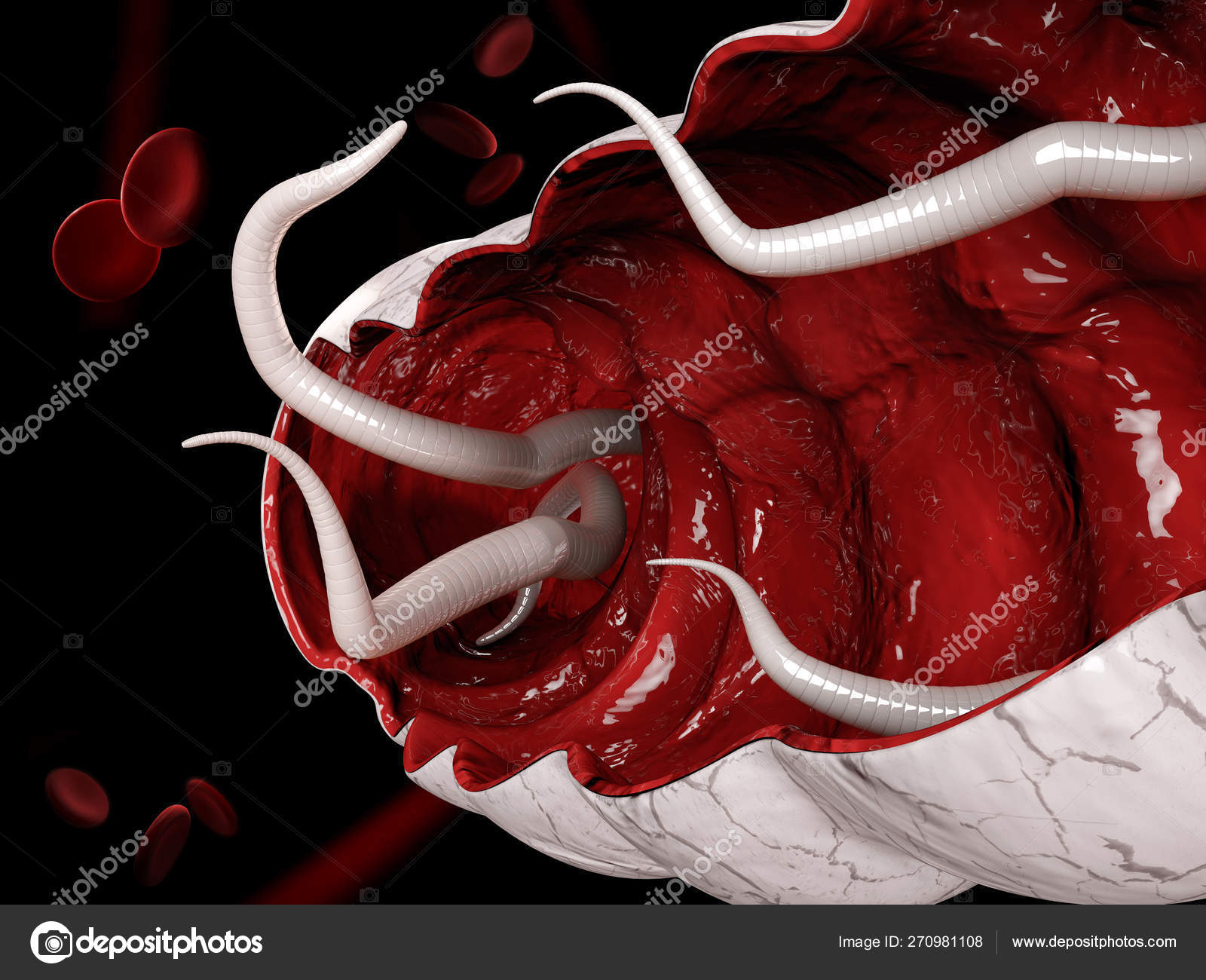

Preventing reinfection is a key part of treating hookworms. In rare cases, your dog might require a blood transfusion to help combat severe anemia. This means that your vet will probably recommend treating your dog again in two-to-four weeks to eliminate any new adults that formed from the surviving larvae. These drugs are usually oral and come with few side effects, but they only kill the adult hookworms.

Treating hookworms in dogs requires the intervention of a veterinarian who can prescribe your dog with a dewormer, or anthelmintic. The test is sometimes less reliable in very young puppies, as it takes two-to-three weeks for the larvae to mature and produce eggs, so talk to your vet about deworming protocols that can help prevent a hookworm infection in litters. This test is generally a very reliable method of detecting hookworms, as the parasite produces large numbers of eggs on a daily basis. If your vet suspects that your dog has hookworm, he or she will perform a diagnostic test called a fecal float to look for hookworm eggs.

Diagnosing Hookworms in Dogs Joel Mills/Wikimedia These symptoms could also be a sign of another illness, so make sure you call your vet if you notice any or all of these symptoms in your dog. There are several symptoms of hookworms in dogs that owners should be aware of to help them catch an infection before it becomes a problem. Symptoms of Hookworms in DogsĪs with most diseases, catching hookworms early can save your dog a lot of discomfort. This is concerning, as hookworms can lead to severe anemia in puppies, which can be fatal. The larvae infect the puppies either in the uterus or through the bitch’s milk when the puppies nurse. Mothers pass lots of good traits on to their pups.
Pictures of hookworms in humans skin#
They can also ingest larvae by grooming their paws or by drinking contaminated water, and larvae can burrow into the skin of unsuspecting dogs if the dog lies on contaminated soil. There are four ways dogs can get this unpleasant parasite:ĭogs accidentally ingest the larvae by sniffing or eating contaminated soil or feces. Centers For Disease Control and Prevention/Wikimedia What Causes Hookworms in Dogs? The larvae then migrate through the dog’s body until they come to the intestine, where they mature into adults and lay eggs, perpetuating the cycle. The larvae can survive for weeks or even months before infecting your dog. The microscopic eggs pass through the feces, where they hatch into larvae and contaminate the environment. The life cycle of the hookworm has three stages: egg, larvae, and adult. Despite their small size, only 3 millimeters in length, this feeding practice can lead to severe anemia. They are named for their hook-like mouthpieces, which they use to attach themselves to the intestinal wall and to feed off of the tiny blood vessels in the intestinal lining. Hookworms in dogs, scientifically known as “Ancylostoma caninum” or “Ancylostoma braziliense ,” are intestinal parasites that literally hook themselves into the lining of your dog’s intestines.
Pictures of hookworms in humans how to#
These nasty little worms can do a lot of damage to your dog, which is why it is important for owners to be aware of the symptoms of hookworms in dogs and how to treat them. Parasites are unpleasant, and hookworms are no exception.


 0 kommentar(er)
0 kommentar(er)
